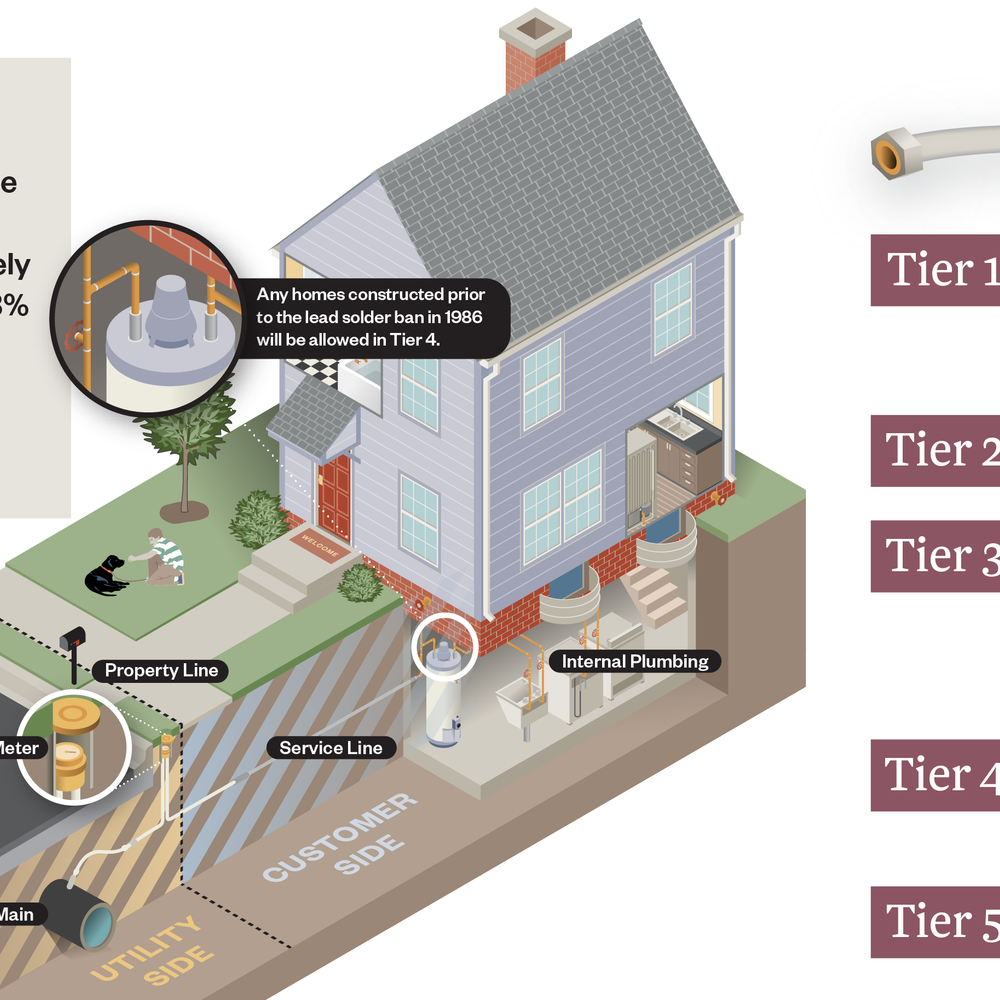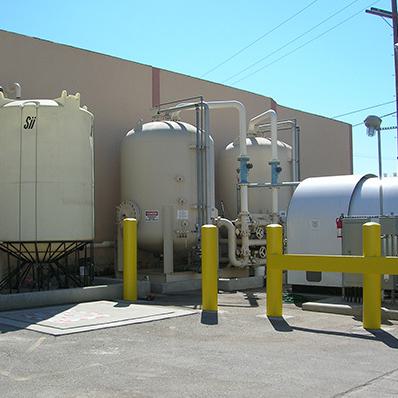Corrosion Control and the Impact of Coagulants
Balancing DBP, Lead, Copper Compliance
Last Modified Dec 09, 2022
Disinfection by-product (DBP) levels including total trihalomethanes (TTHMs) and five haloacetic acids (HAA5s) can vary due to seasonal changes in source water organic content, water treatment plant (WTP) and distribution system operations, seasonal temperature changes, and many other factors. These conditions can lead to moderate to high DBP concentrations in the distribution system. While switching to alternate coagulants can increase the removal of DBP precursors, those coagulants can have unintended consequences in the distribution system. Most pipes in the distribution system have layers of scale, which protect the pipe material against corrosion by water. These scales have been influenced by historical water quality and treatment changes and any disruption to these scales can leave the piping material prone to corrosion including lead and copper. While there are many interrelated factors impacting the rate and type of corrosion, in many cases the most significant factor is the chemistry of the finished water supply. Factors that influence corrosion include but not limited to pH, alkalinity, dissolved inorganic carbon, hardness, chloride to sulfate mass ratio (CSMR), disinfectant type and dose, dissolved oxygen level, phosphates, and trace metals. Since coagulants have a direct impact on the pH, alkalinity, DIC and CSMR, change in the coagulant type can influence the corrosivity of the finished water. The purpose of this study was to evaluate the effect of treatment process changes, especially coagulation, in relation to the Stage 2 DBP Rule and evaluate potential impacts on corrosion in the distribution system. Given that USEPA has recently published potential revisions to lead and copper rule (LCR), utilities are expected to maintain compliance with more stringent standards.
In this study, bench-scale coagulant testing have been discussed. The results have been evaluated for their removal of DBP precursors (total organic carbon and UV254 absorbance) and potential effects on the corrosion of lead and copper. Bench-scale testing has been conducted to determine to optimum coagulation conditions for alum, acidified-alum, ferric chloride and ferric sulfate. Optimum coagulant doses were tested for effluent turbidity, pH, alkalinity, TOC and UV254 levels. A desktop evaluation was also conducted for these coagulants to assess their impacts on the corrosivity of the finished water. While a coagulant may have the highest DBP precursor removal, it was not recommended for implementation to avoid potential lead and copper corrosion in the distribution system. This study reveals the importance of the effects of treatment process changes on the corrosivity of finished water. While compliance with Stage 2 DBP Rule is essential, comprehensive evaluation of DBP precursor removal technologies should be evaluated to prevent unintended consequences with respect to lead and copper corrosion.










